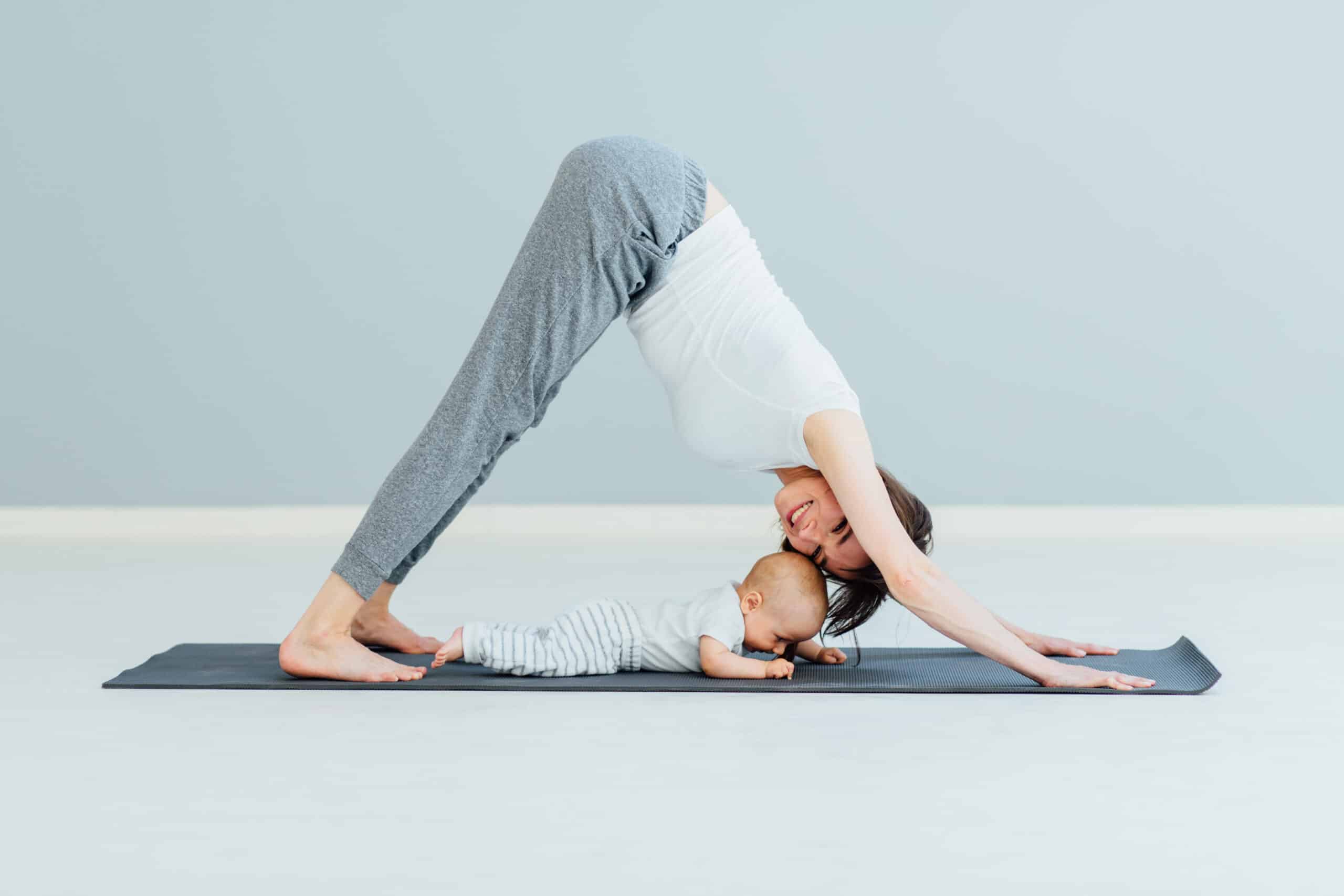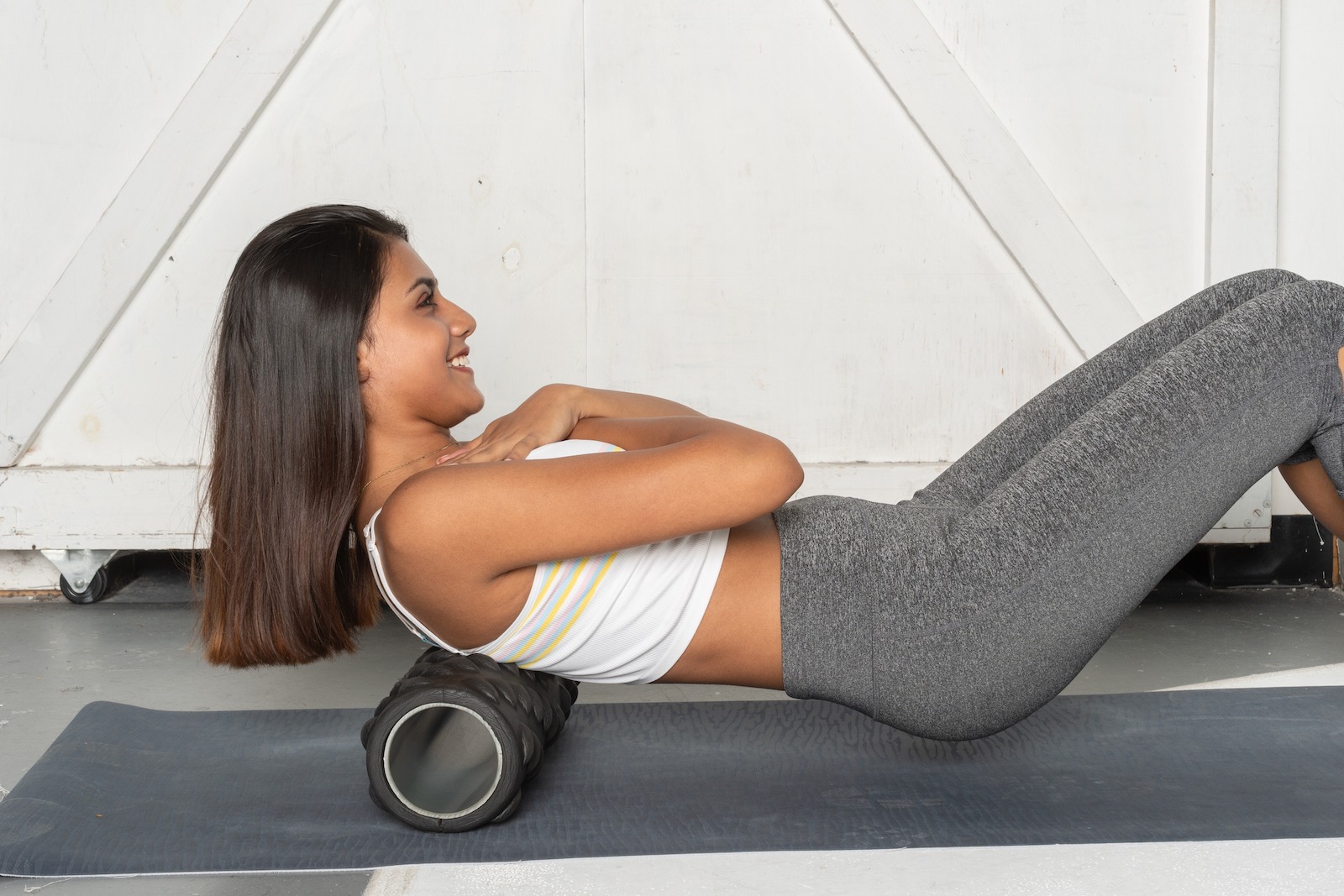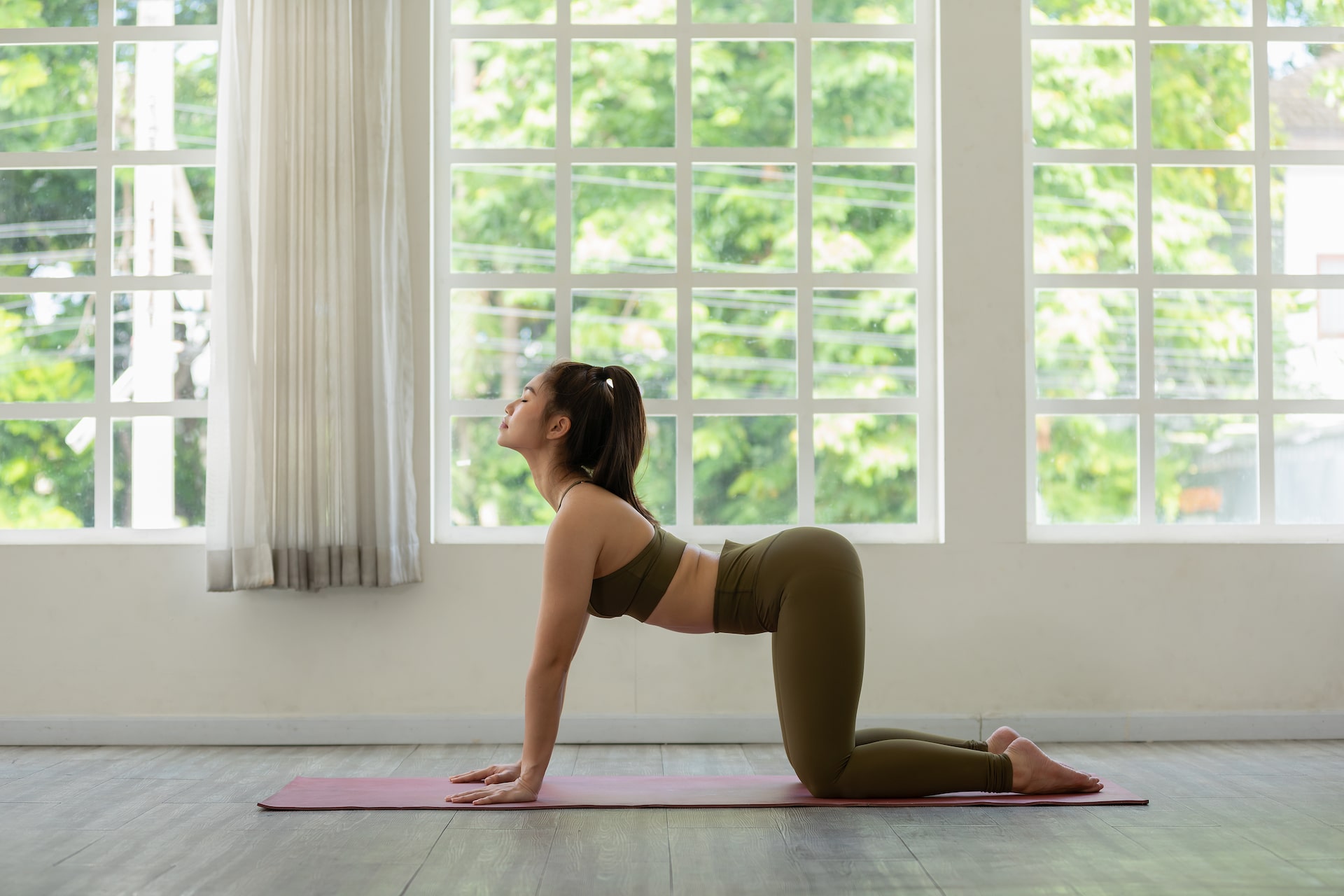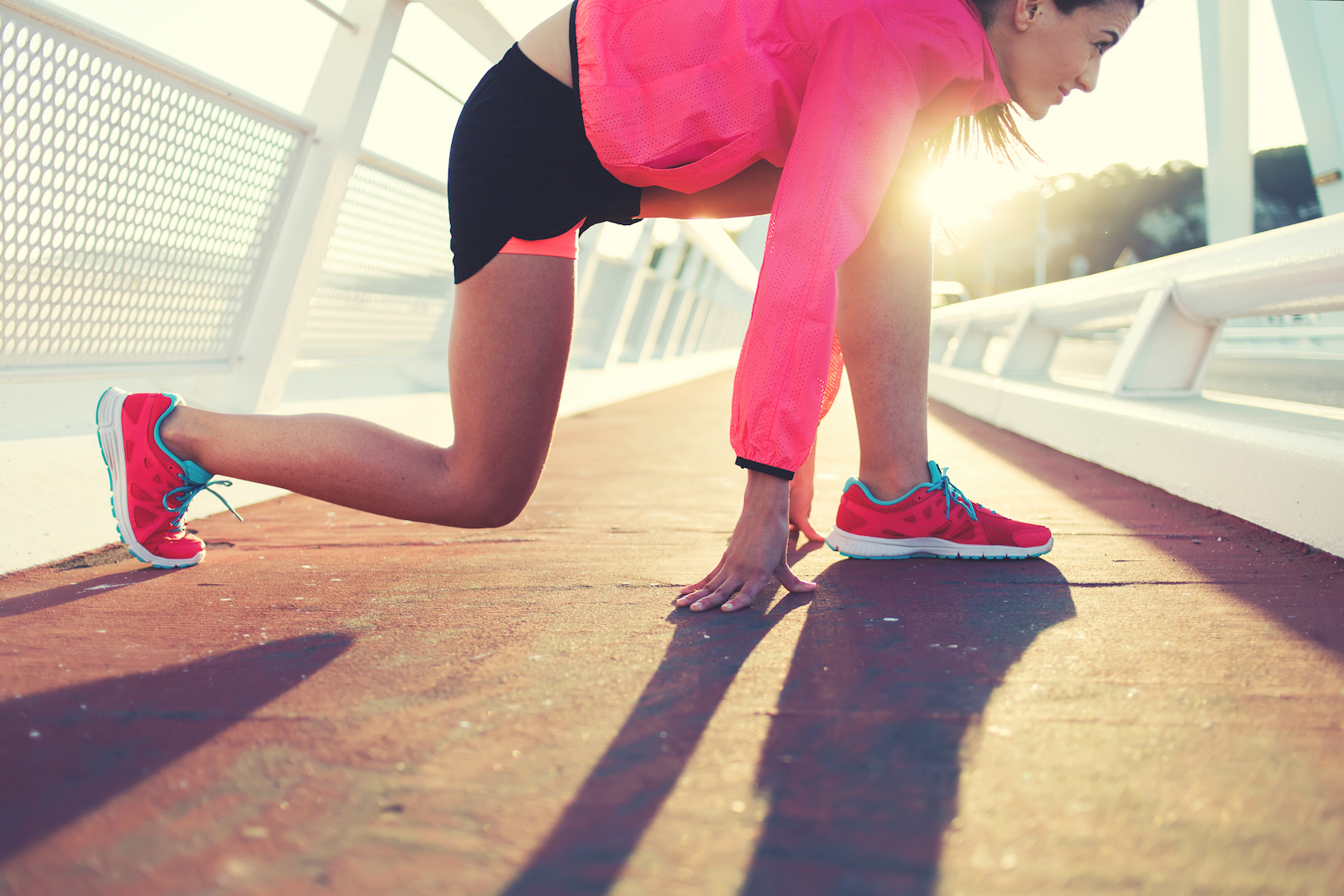Home » Sweat Often » Why Your Pelvic Floor Needs Strengthening NOW
Do you remember your mom telling you not to make her laugh because she’ll pee her pants? Chances are she spoke to someone about that, and they told her to do Kegels.
Doing Kegel exercises are the cookbook recipe that doctors prescribe when a patient complains of “peeing a little” when she sneezes, coughs, laughs too hard, or jumps rope.
While Kegel exercises will strengthen the opening of the urethra, as a Pilates instructor, I want you to do a little bit more to strengthen the entire pelvic floor.
The pelvic floor is a group of muscles that provide support for the organs that reside in the pelvis, stabilize joints around the pelvis, and control the elimination of waste from the body. These muscles also help the body to have better orgasms.
So yes, the pelvic floor is IMPORTANT!
Things that weaken the pelvic floor are childbirth, being overweight, and continuous straining from constipation. (Eat your greens!)
How to Strengthen Your Pelvic Floor
To perform a Kegel exercise, you first have to know how to find the most superficial of the pelvic floor muscles. The best way to do this is to stop the flow of urine midstream.
That’s a basic Kegel, and once you’ve figured it out, you’ll want to practice doing them with an empty bladder (continuously doing Kegels while urinating can cause an increased risk of bladder infections since the bladder may not be fully empty.)
But the problem with the basic Kegel is that you’re only exercising the most superficial layer of the pelvic floor muscles. While you’re taking the time to strengthen them, you might as well work all of the layers.
When working with my Pilates clients in the studio, I cue them to begin with a Kegel or to imagine that two elevator doors are closing (the doors being your labia) and then imagine that the elevator is going up towards your belly button, feeling it (the elevator) lift.
That lifting of the elevator is exercising the deepest layers of the pelvic floor. It’s important to note that you should do this exercise in a few different positions. The contents of the pelvis – the bladder, the uterus, the intestines and the rectum – put pressure on the pelvic floor while standing, but the pressure is different when you are on your back, stomach or side.
In the studio, I’ll cue clients to do the elevator lift while doing Pilates exercises in the varying positions. You can easily do this, too.
Do the elevator lift when you are driving, standing in line, doing side-lying leg lifts in barre class, or when you get into bed on your back. Aim for three to five lifts each time you do them and try to do them every day.
A healthy and strong pelvic floor may not be as satisfying as looking at six-pack abs, but there’s something to be said for enjoying a great belly laugh without having to worry about peeing on yourself like mom.

About Cassie: Cassie Piasecki, who is Nutritious Life Certified nutrition coach is also a Pilates Method Alliance, Certified Pilates Teacher, and personal trainer based in Newport Beach, Calif. With over two decades of experience, Cassie has taught fitness to over 10,000 people! She now connects with clients both in the studio and online. You can find her on Twitter or her website, The Wow Life. Her favorite quote comes from Joseph Pilates, “Physical fitness is the first requisite of happiness.”
Cassie Piasecki, NLC, is a Pilates Method Alliance Certified Pilates Teacher, personal trainer, and Nutritious Life Certified Nutritionist based in Newport Beach, California.
RECENT ARTICLES

Want a sneak peek inside the program?
Get FREE access to some of the core training materials that make up our signature program – Become a Nutrition Coach.
Get Access Sweat Often
Sweat Often













































































































































































































































































































































































































































































































































































































































































































































































































































































































































































































































































































































































































































































































































































































































